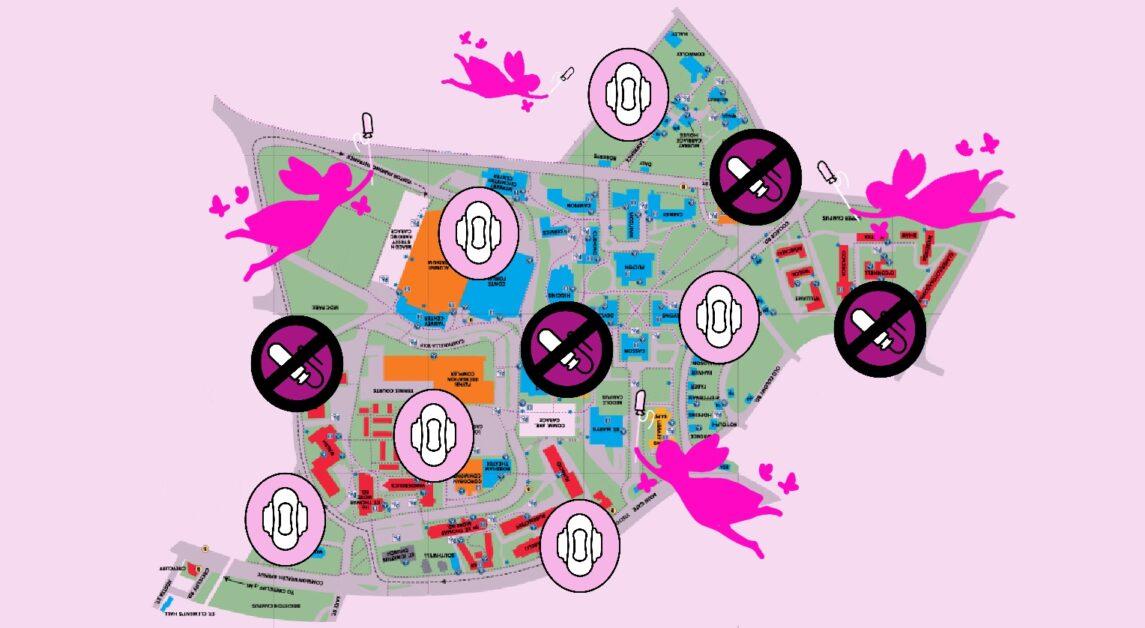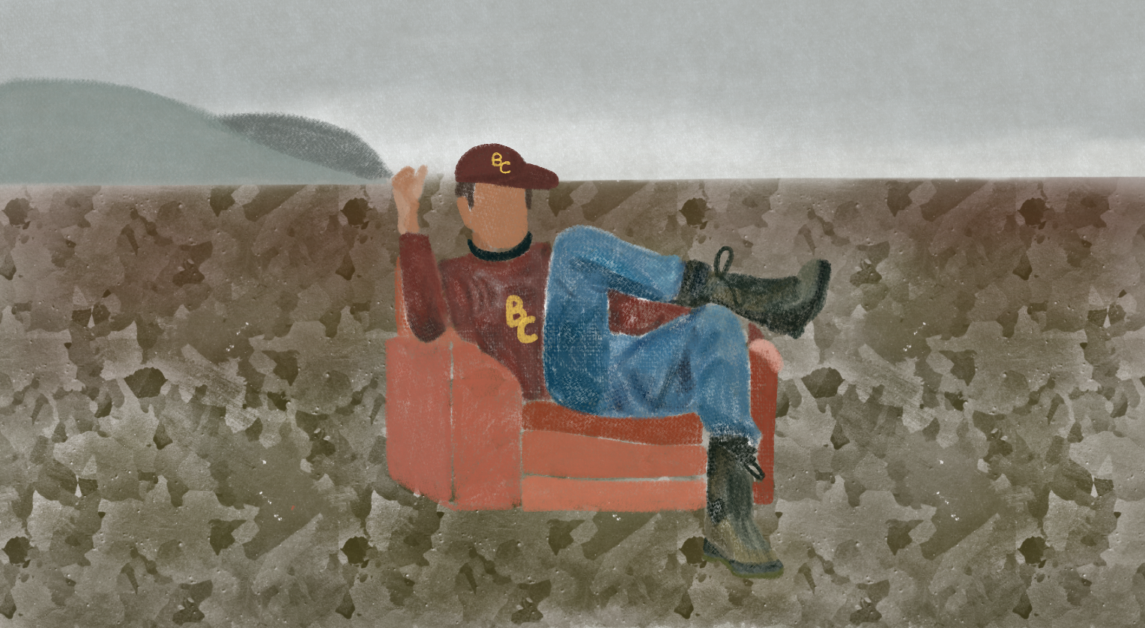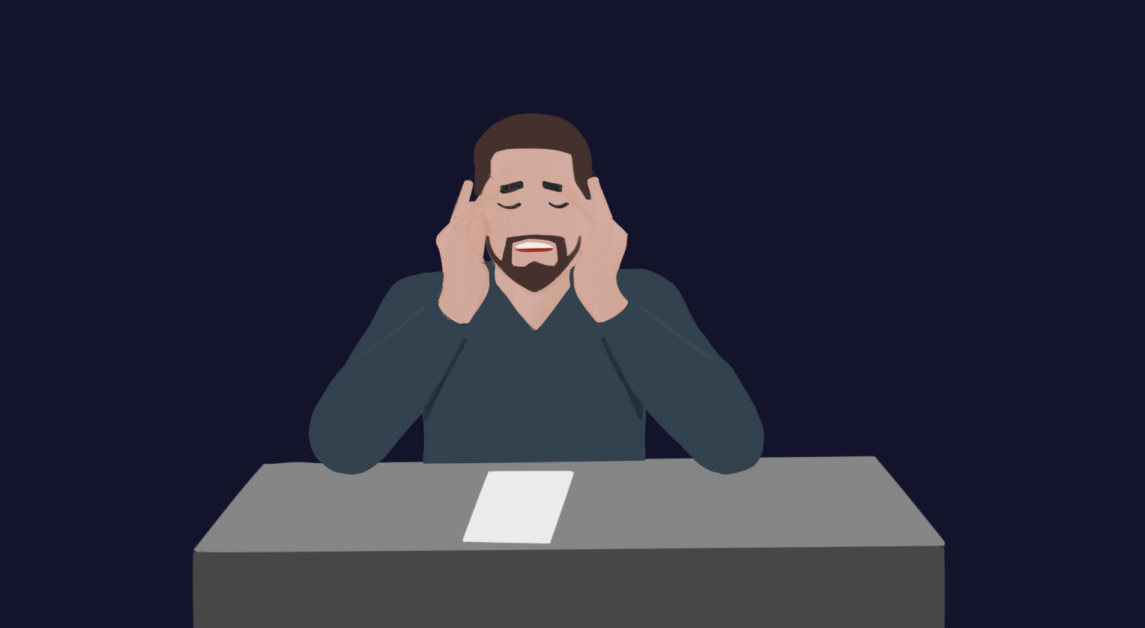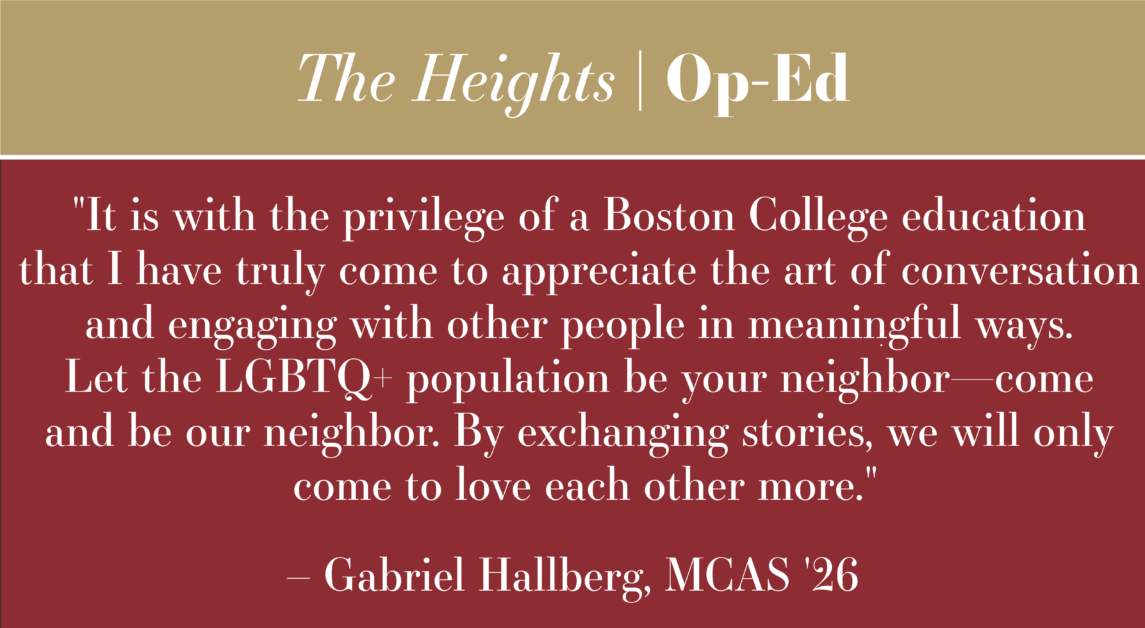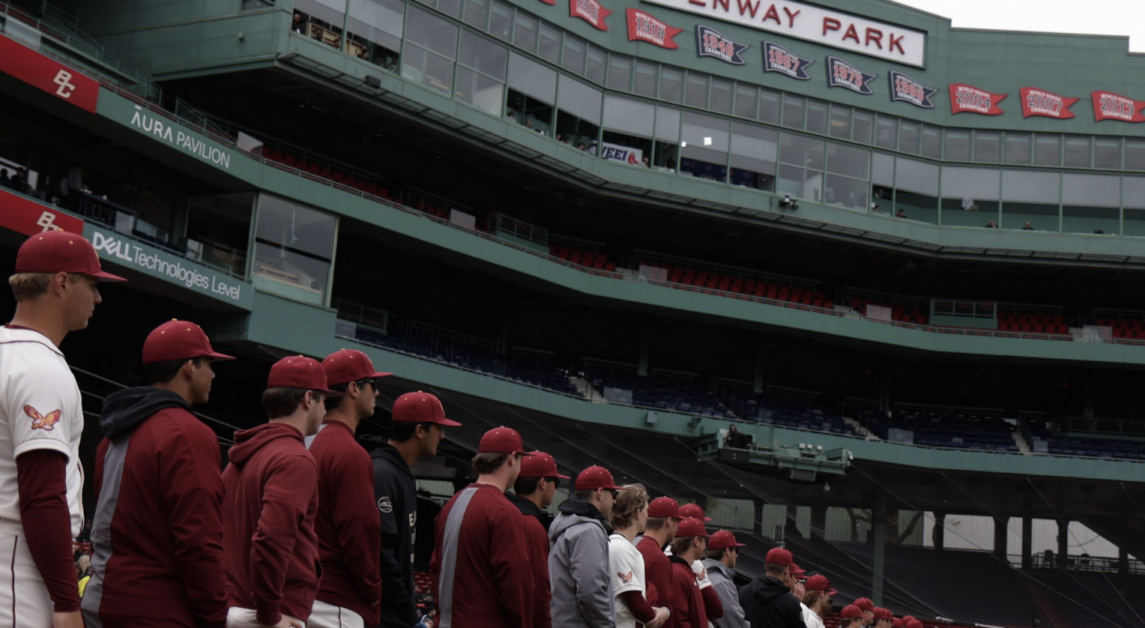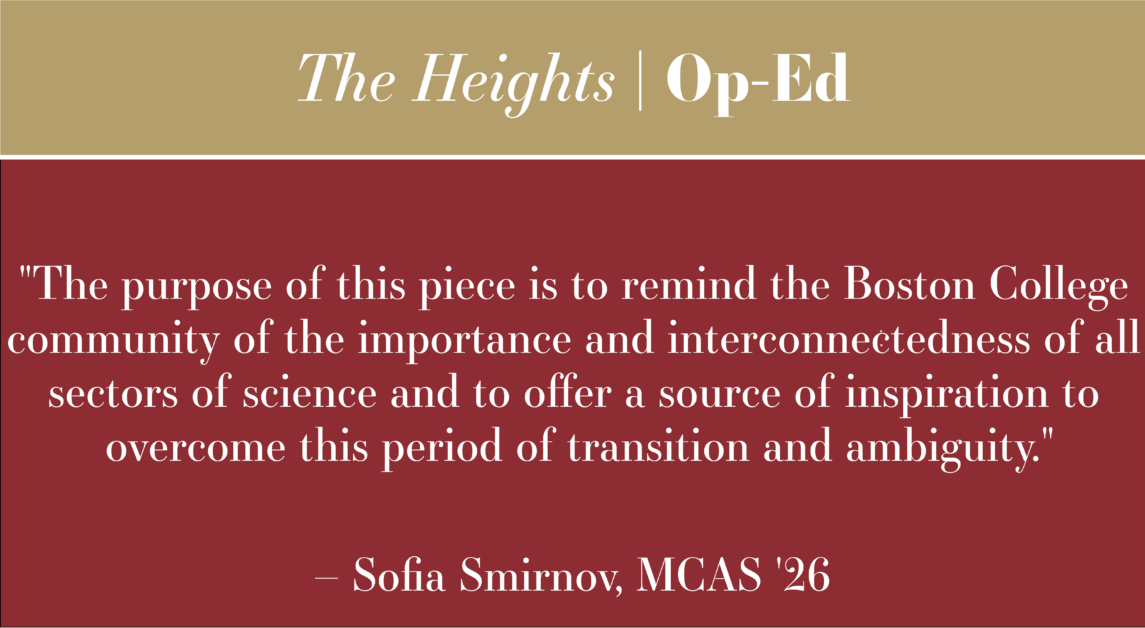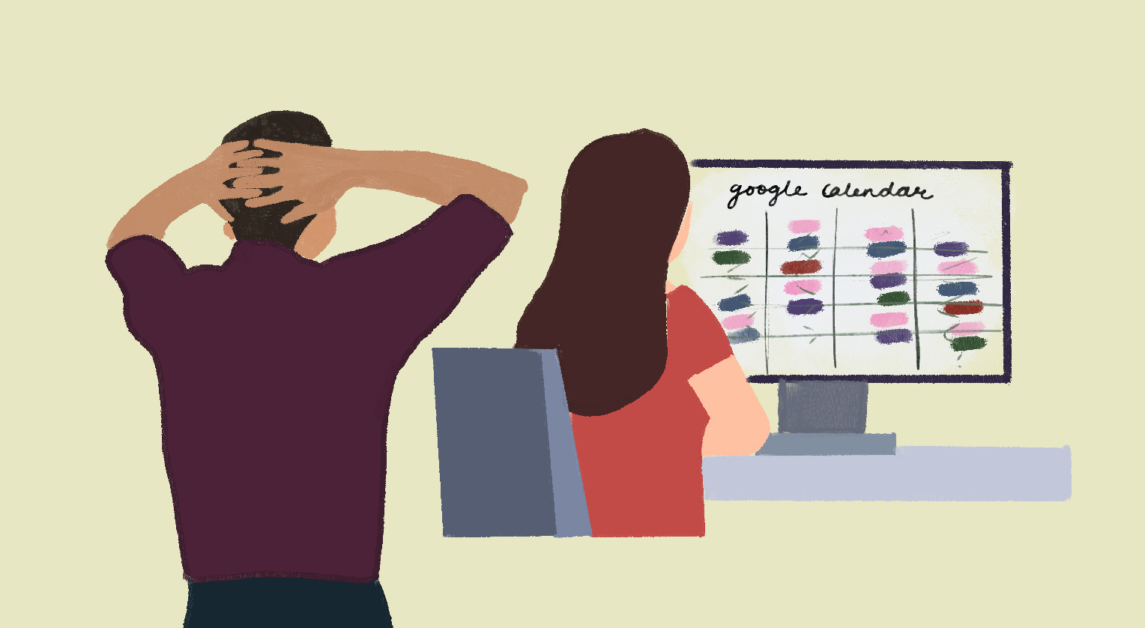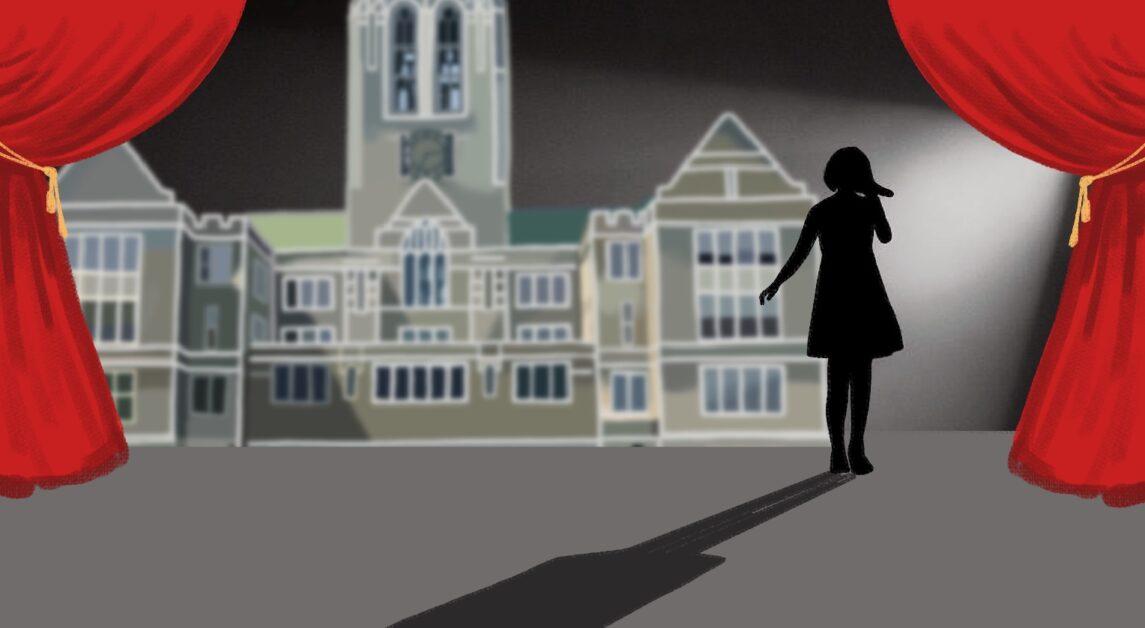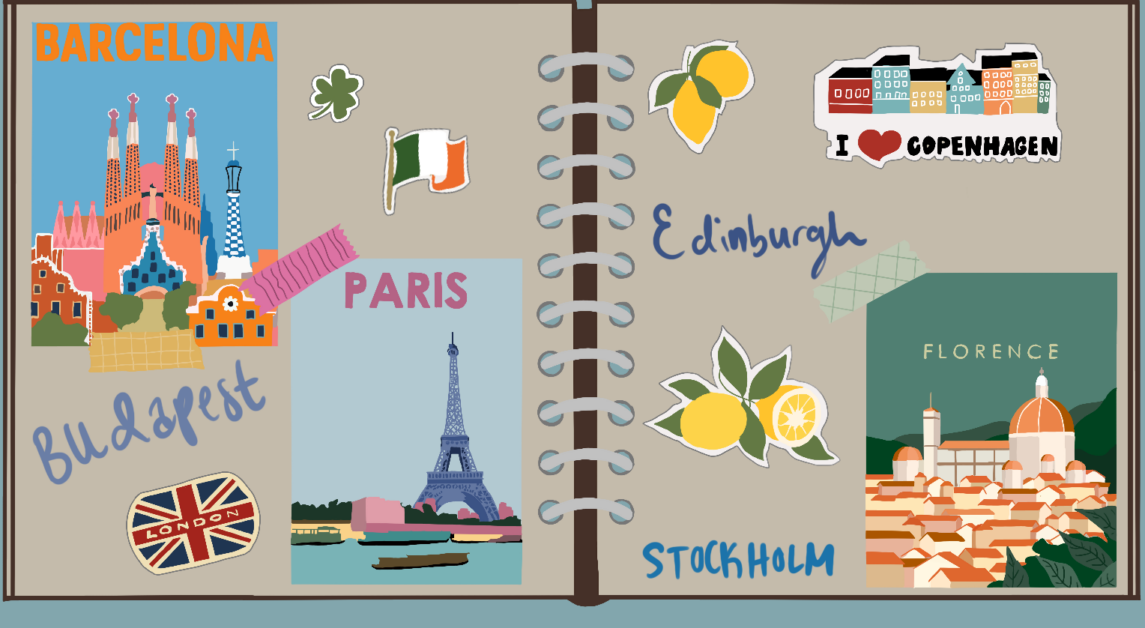Over the past couple of years, electronic dance music has gained popularity and grown at an astonishing rate. EDM continues to spread into mainstream media. Snapchat live stories frequently feature festivals, which spread feelings of euphoria among attendees through brilliant colors and cheerful vibes. Venues are hiring new talent, and given the accessibility of pro-level software, there’s a vast influx of these artists. One incredible example of this is the story of Adam Wiles, or Calvin Harris as millions of people know him. He was working at a Scottish grocery store chain, without a college degree and living in his parents’ house before he blew up in the electronic music world. Although electronic music is growing, there are still many people who don’t understand all that can fall under the genre, especially when it comes to electronic music’s presence in popular songs.
Even with its immense development, not a lot of people understand how expansive electronic music is. Many hear one song from a particular branch of EDM, and then form an opinion about the whole genre based off that. For some, the term “electronic music” brings up the image of a hyper-European, deep v-neck-wearing human. The kind of guy who buys his shirts three sizes too small, and roams in packs of other skin-tight v-neck-wearing, thick-German-accented men. But EDM isn’t just comprised of songs that will make your ears bleed and that guy’s head bob. From tropical and deep house artists like Kygo, to progressive house producers like Nicky Romero, electronic music covers a huge range of styles and subgenres. So to claim one doesn’t like EDM, is relatively close minded.
Electronic music is unique in that it’s adaptable. The driving energy in lots of electronic music complements a multitude of musical styles. This is why you see lots of crossover into different genres of music. Major Lazer mixes together elements of reggaeton and dancehall into many of his songs. Justin Bieber worked with Jack U (Skrillex and Diplo). “Wake Me Up” by Avicii contains both country and EDM. Furthermore, the software used to create electronic music provides a limitless arsenal of instruments and sounds to use in songwriting.
The culture surrounding EDM is pretty incredible as well. Music festivals like Ultra, Tomorrowland and Electric Daisy Carnival provide an incredible atmosphere to listen. Bright lights and vivid colors give off an energy that’s hard to describe to those who aren’t physically present. And it always seems that attendees are in a euphoric state. To go along with the great music and crazy stage set up, festival goers (and employees) wear some pretty crazy costumes. At Tomorrowland, there’s a fantasy theme where people dress up as if they were in a fairy tale, or were mythological characters. This certainly isn’t for everyone, but it’s pretty neat regardless.
Although the festivals are great, they get pretty pricey. So it’s hard for a broke college student (like you and me) to be a part of the crazy energy that is there. Greg Hawkinson, co-president of Electronic State of Mind, Boston College’s electronic music club mentioned an affordable alternative: “We want to pair with some of the great dance teams on campus and have a dance party, this way people can really get a feel for the energy that comes with live electronic music.” He explained that it would be around halloween, so people could “wear their costumes” which is a close parallel to what happens at the larger international festivals. Hawkinson mentioned that the club is a pretty great venue for members to share their music taste along with teaching members how to DJ and produce their own music. He also feels that electronic music gets a bad rap: “It’s not even that they wouldn’t like it, it’s that we’re spoon-fed mainstream garbage that’s written in conference rooms by a board of directors to maximize sales. None of that stuff is genuine.”
Due to the rapidity at which electronic music is developing, we can expect to hear it more frequently. Whether it is blasting in a spin class at the Plex, or popping up on the radio, the presence of electronic in modern popular music is undeniable. When someone listens to a good electronic song, there’s an uplifting sensation hard to find in other genres. Electronic music has and will continue to transform genres we are familiar with. And although dressing up like a centaur isn’t for everyone, electronic music is likely to impact the society we live in. It’s vital that we embrace electronic in order to comprehend some of the changes it will bring.
Featured Image by Francisco Ruela / Heights Graphics


